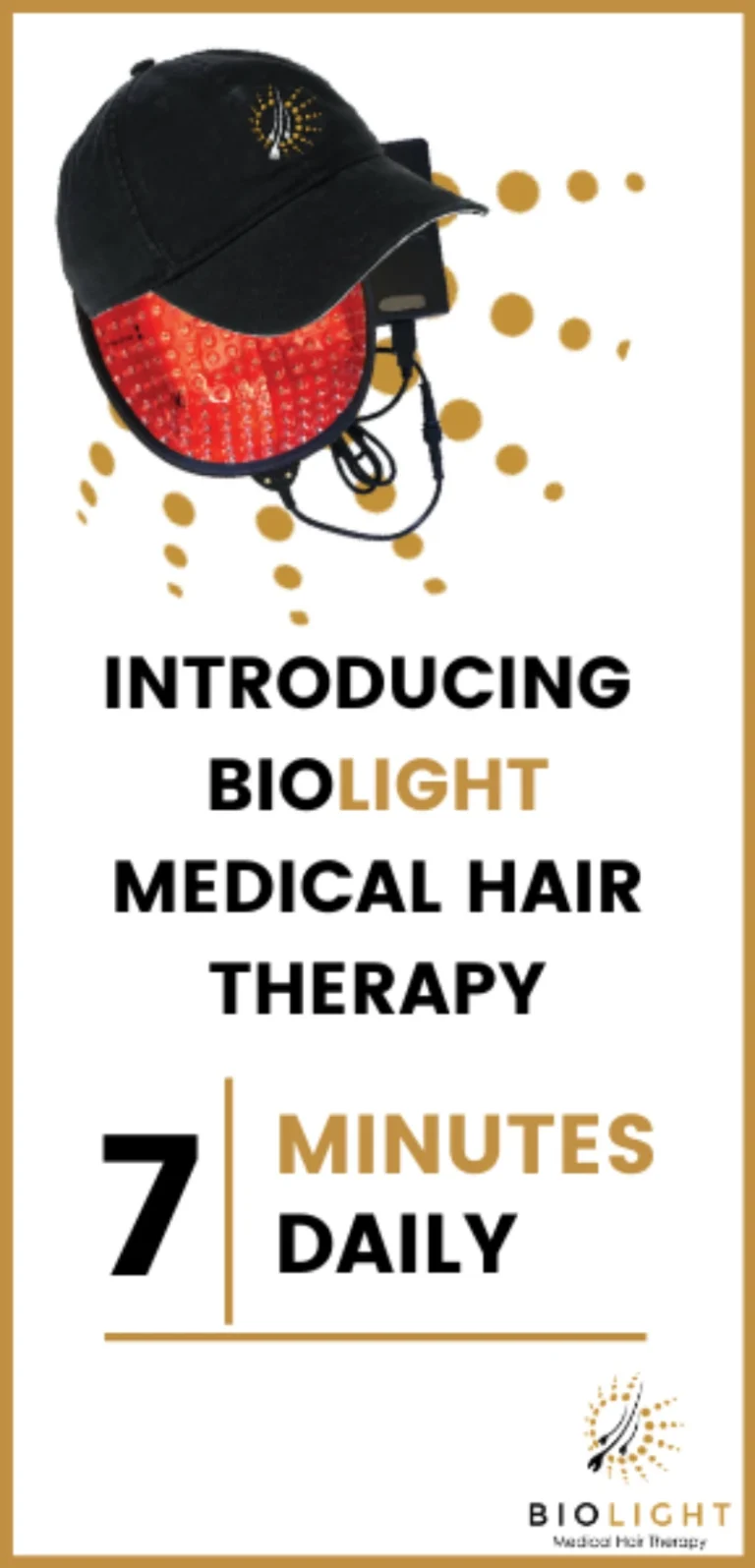Essential Guide to Recovery From Hair Transplants
Your recovery will involve taking excellent care of tiny hair graft sites and preventing damage or infection to these sites is crucial in the immediate post-procedure healing phase. For anyone experiencing hair loss, it is important to understand their unique needs and the tailored approaches required for optimal results.
- Home
- Hair Restoration
- Essential Guide To Recovery From Hair Transplants
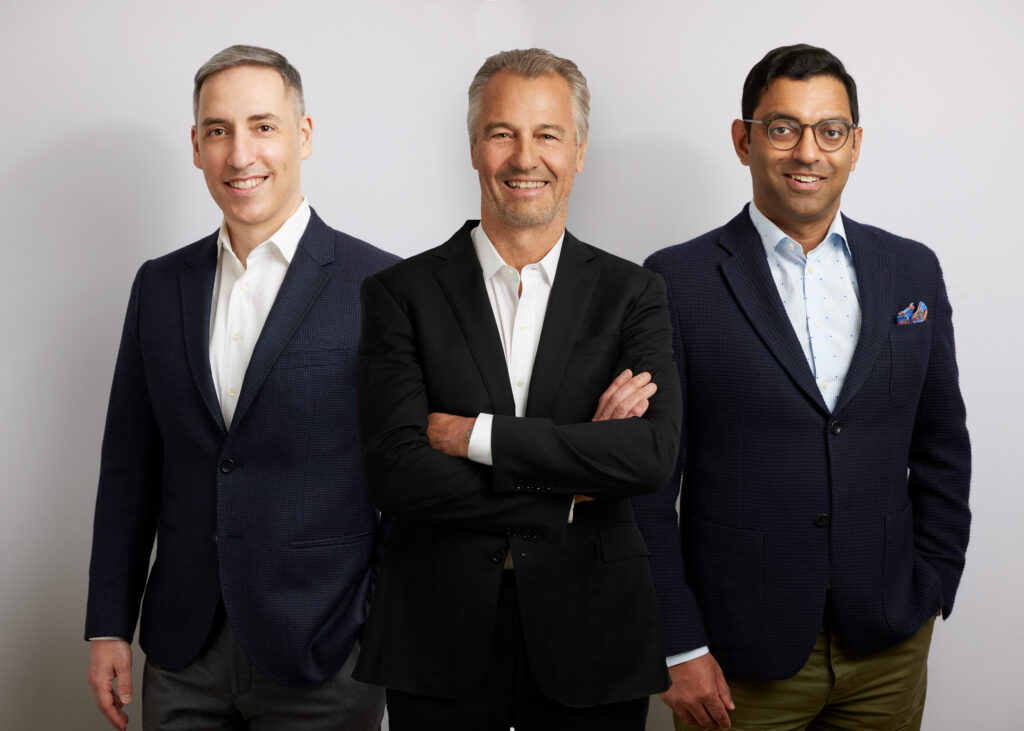
Toronto Hair Transplant Surgeons are internationally known for our pioneering work in hair transplantation.
In contrast with older hair transplant techniques, which left patients with a long, linear incision and painful wound after surgery, today’s advanced follicular unit extraction (FUE) hair restoration surgeries do not involve painful incisions, stitches, staples or scars. However, your recovery will involve taking excellent care of tiny hair graft sites, and preventing damage or infection to these sites is crucial in the immediate post-procedure healing phase. Here is our comprehensive guide to what to expect as you recover from a hair transplant surgery. There are a variety of hair restoration options available for female hair loss, including both surgical and non-surgical treatments, to help women achieve fuller, healthier hair.
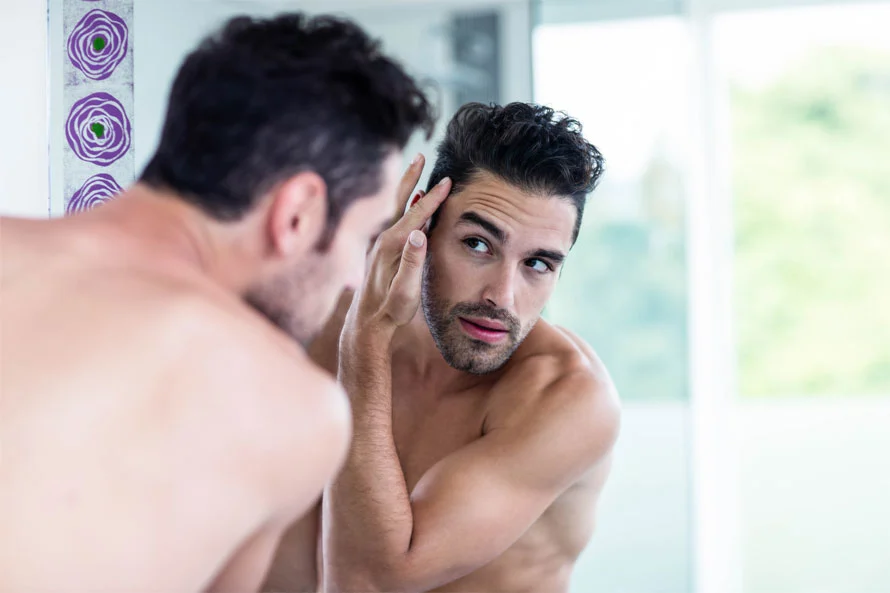
Introduction to Hair Transplants
Hair transplants have become a trusted and effective solution for individuals facing hair loss, offering a natural and lasting way to restore hair growth and confidence. The procedure involves carefully transferring healthy hair follicles from areas of the scalp with dense hair—typically the back and sides—to areas experiencing thinning or balding. An FUE hair transplant entails excising individual hair follicles from the back and sides of the scalp using a small puncturing tool. Thanks to advancements in technology and refined techniques, hair transplants now deliver natural-looking results with minimal downtime. This approach is not only popular among men but has also become an increasingly sought-after option for women. Female hair transplants are specifically designed to address unique patterns of hair loss in women, helping to restore hair density and femininity. Whether you are looking to address receding hairlines, thinning crowns, or overall hair density, modern hair transplants can help you achieve fuller, healthier hair.
Am I a Good Candidate?
Determining if you are a good candidate for a hair transplant starts with a thorough evaluation by a qualified hair transplant surgeon. During your consultation, the surgeon will assess your pattern of hair loss, review your medical history, and examine the health of your hair follicles in the donor area. Ideal candidates for hair transplant surgery have sufficient healthy donor hair, realistic expectations about the results, and are in good overall health. For women, female hair transplant surgery can be especially beneficial for those experiencing female pattern hair loss, thinning due to hormonal changes, or genetic factors. If you have stable hair loss and a healthy donor area, you may be an excellent candidate for a hair transplant. Consulting with an experienced hair transplant surgeon is the best way to determine the most effective treatment plan for your unique needs.
THE EARLY STAGES ARE THE MOST IMPORTANT
The first week to 10 days after your surgery is the most critical time for newly transplanted follicles to take root and thrive, and during this time, you won’t want to disturb your grafts in any way. Though your micro-incisions are tiny and hard to see, until they are totally healed, they provide the potential for an infection to develop. Gentle care is essential. The initial healing phase occurs during this period, typically marked by crusting, tenderness, swelling, and redness as your scalp begins to recover. Swelling typically peaks around day 3 to 4 after the transplant. You will be able to take a shower as soon as the next day, as long as you avoid direct, forceful water pressure on your scalp. Rubbing, brushing and shampooing need to wait until after that delicate first phase. Don’t worry – soon, you will be able to wash, style and run your fingers through your natural, healthy, growing hair. Minor swelling of the scalp and heightened skin sensitivity are normal within the first few days after a hair transplant surgery. If you happen to have overly sensitive skin or a history of skin allergies, keep a close eye out for rashes, increased skin sensitivity or redness, and report any concerns to Dr. Huber, Dr. Alexander, or Dr. Jones immediately.
Our Results
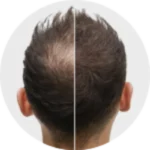
Toronto Hair Transplant Surgeons are internationally known for our pioneering hair transplantation work.
Our huge archive is here to help you see what we can do for you. Use the link below to view some sample cases.
WHEN CAN YOU RETURN TO WORK AFTER GETTING HAIR RESTORATION?
Since FUE is a minimally invasive procedure, you could technically expect to go back to work a day or two after your surgery, if your job doesn’t require heavy lifting. Many people schedule their procedure on a Thursday or Friday and return to their job the following Monday. However, it’s up to you to decide how long to wait before going back to work. For most patients, the biggest factor is how discreet they wish to keep their recovery process. Most patients can return to work by day 5 to 7 after the transplant. The first few weeks after surgery are especially important for healing and establishing proper care routines. Four major side effects are present in the first week to 10 days after hair restoration surgery, and you might choose to wait until these resolve themselves before returning to the workplace.
FOUR THINGS TO LOOK FOR IMMEDIATELY AFTER A HAIR TRANSPLANT
After your hair transplant procedure, it’s important to monitor your recovery closely and be aware of any signs that may require attention. Here are four key things to look for immediately after a hair transplant:
Bleeding or swelling: Mild bleeding or swelling is common in the first few days, but if you notice excessive bleeding or significant swelling, contact your clinic promptly.
Infection: Watch for symptoms such as increased redness, pus, or persistent pain, which could indicate an infection. Early detection and proper care are essential for a smooth healing process.
Graft dislodgement: Handle your scalp gently, especially when washing or touching your hair, to avoid disturbing the newly transplanted grafts.
Scabbing or crusting: The formation of small scabs or crusts around the transplanted area is a normal part of the healing process. Follow your surgeon’s instructions for proper care to support optimal recovery and hair growth.
By staying vigilant and following your post-operative care plan, you can help ensure a successful healing process and the best possible results from your hair transplant procedure.
Common Risks and Complications
While hair transplants are generally safe and effective, it’s important to be aware of potential risks and complications. Common risks include infection, bleeding, scarring, and, in rare cases, graft rejection. Female hair transplants may also be affected by hormonal changes or pregnancy-related hair loss, which can influence the final outcome. To minimize these risks, it’s crucial to choose a skilled hair transplant surgeon and adhere closely to their post-operative instructions. Proper care during the recovery process—such as keeping the scalp clean, avoiding strenuous activities, and monitoring for signs of infection—can significantly reduce the likelihood of complications. Open communication with your surgeon and prompt attention to any concerns will help ensure a smooth recovery and optimal results.
THINGS TO LOOK FOR IMMEDIATELY AFTER A HAIR TRANSPLANT
In the first week to 10 days following your hair transplant, here’s what to expect as you begin your recovery process at home. Our nurse will provide you with detailed post-surgical instructions, which you will need to follow carefully for maximum results.
1. Discomfort at the Donor and Recipient Areas
It is common to experience discomfort, swelling, and tenderness specifically at the donor and recipient areas of your scalp in the first few days after surgery. Following the care instructions for both the donor and recipient areas is essential to manage these symptoms and support proper healing. This discomfort is usually mild and can be managed with over-the-counter pain medication.
2. Bleeding
Intermittent bleeding at the donor and recipient sites may continue for the first week after your surgery, though it should not be a constant flow. If you experience bleeding, apply three to five minutes of light pressure with a damp washcloth. If you are concerned about an unusual amount of bleeding or discharge, please call us at the Toronto Hair Transplant Surgeons.
3. Swelling
Minor swelling is another very common side effect of a transplant. To reduce swelling, apply cold compresses, sleep with your head elevated and avoid strenuous exercise and activities that involve putting stress or strain on your body. Plan on taking it easy for the first three weeks or so after your hair transplant procedure.
4. Scabbing
Once the bleeding and swelling wane, the next phase of the healing process involves the formation of small scabs around the individual implant grafts. Do not pick or scratch at your scabs, as doing so can prevent your grafts from taking root. Wait for them to fall off on their own.
THTS Gallery
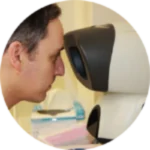
Familiarize yourself with our layout before you come in.
Visit the gallery to take a peek at our Oakville based clinic layout and surgical rooms.
The FUE Regrowth Timeline
By the end of the first week or week and a half, discomfort, swelling, bleeding and scabbing should all resolve themselves, leaving you with short, crew-cut-style hair. Then, you can look forward to the full timeline of recovery and hair growth as follows. Understanding the hair transplant recovery timeline is essential for setting realistic expectations, tracking your recovery timeline, and ensuring optimal aftercare throughout each phase.
Two to Three Weeks After Surgery
Within two to three weeks of undergoing a hair transplant with FUE, you can expect the newly implanted hairs to shed during this period. This is normal and nothing to be worried about; it’s part of the natural phase of hair growth. Though the hair falls out, the follicle itself remains healthy, and will cycle back into a growth phase in several weeks. It is common to experience ‘shock loss,’ where newly implanted hairs may shed temporarily, typically occurring in the weeks after hair transplantation.
Months Two to Three
At this phase, the transplanted hair will remain in a normal resting phase. By this point, FUE patients typically look like they did before undergoing their surgery. Again, this is typical. You should continue to carefully follow all post-operative instructions and attend follow-up visits as scheduled with Dr. Huber, Dr. Alexander, or Dr. Jones.
Growth and Recovery by Month Four
By the end of four months after your hair restoration procedure, you should start noticing new hair growing from the transplanted follicles. However, the new hair growth may emerge somewhat sooner for some patients, since healing times and experiences can vary.
At this stage, the new hair growth may be fine and thin, which does not indicate the long-term outcomes of FUE. To support hair growth during this phase, it is important to maintain a healthy scalp through regular scalp care and healthy habits.
Months Eight to Nine
By the time you reach the nine-month mark, you should have noticeably longer, thicker hair growing in that you’ll be able to style however you choose. As always, attend follow-up visits with Dr. Huber, Dr. Alexander, or Dr. Jones on schedule.
FUE Results by the End of One Year
By the one-year anniversary after your surgery, the final results of your hair transplant are typically visible, with growth, thickness, and density largely complete. Most of your follicles should be growing healthy hair at this point. The full results of a hair transplant can take anywhere from 12 to 18 months to be fully visible. Around the one-year mark is the time when many hair transplant patients who want to achieve even greater coverage can begin to evaluate whether they are good candidates for follow-up surgery.
Nutrition and Hair Regrowth
Supporting your hair transplant recovery with the right nutrition is essential for healthy hair growth and overall hair health. A balanced diet rich in protein, iron, and omega-3 fatty acids can help strengthen hair follicles and promote the regrowth of transplanted hair. Key nutrients such as biotin, vitamin D, and zinc play a vital role in the hair growth cycle and can help reduce the risk of ongoing hair loss. Staying hydrated and maintaining a healthy lifestyle will further support your hair restoration journey. For personalized advice, consider consulting your hair transplant surgeon or a nutritionist to develop a diet plan tailored to your needs. By prioritizing nutrition and proper care, you can enhance the recovery process and enjoy strong, healthy hair growth after your hair transplant.
WHAT TO EXPECT AFTER A HAIR TRANSPLANT
Hair transplants are an expensive and a serious commitment. You want to be sure that you take great care of yourself after your surgery and it’s important that you follow post-operative instructions to ensure optimal healing and growth of your newly transplanted hairs.
We send you home with instructions based on the type of transplant surgery you’ve had – but here is a preview with some of the general guidelines and precautions so you can understand what to expect.
At the time of surgery, your scalp will have been thoroughly cleaned of blood and crusts, but these will tend to re-form soon after your hair transplant procedure. Care should be taken while cleaning the transplanted site during the week following surgery because it is during this period that the healing mechanisms of your body secure the grafts firmly in place. However, appropriate care of the area during your hair transplant recovery will minimize crusting and make the transplant less noticeable and the healing more rapid.
Beginning the day following surgery, you should soak your head in the bathtub for 10 minutes twice a day. Do this until day 10 or when all the crusts have come off. Four days after surgery you may pour warm water with shampoo over your head instead of doing the soak in the bathtub. If showering, shower from the neck down and do not let the jets touch the grafted area. If the grafts are soaked too long, they may swell and rise above the skin’s surface and appear as little white bumps immediately after soaking. This is a problem more likely encountered in the first few days after the procedure. It is not harmful to the grafts, but indicates that you are soaking too much. As soon as you allow your scalp to dry, they will disappear.
It is important when soaking in the bathtub that you are gentle for the first 10 days following hair loss surgery. Do not rub, pick, or scratch, as this may dislodge the hair follicles. After the soak in the bathtub, gently pat the sutured area dry. Let the area with the transplanted grafts dry naturally. Do not pat dry or comb the hair in this area. You may blow-dry your hair on a warm, not hot, setting. Hair spray should not be used for the first 10 days.
WHAT TO EXPECT DURING HAIR TRANSPLANT RECOVERY
Proper post transplant care is essential for optimal healing and achieving the best results after your hair transplantation procedure.
Hair transplants are an expensive and a serious commitment. You want to be sure that you take great care of yourself after your surgery and it’s important that you follow post-operative instructions to ensure optimal healing and growth of your newly transplanted hairs.
We send you home with instructions based on the type of transplant surgery you’ve had – but here is a preview with some of the general guidelines and precautions so you can understand what to expect.
At the time of surgery, your scalp will have been thoroughly cleaned of blood and crusts, but these will tend to re-form soon after your hair transplant procedure. Care should be taken while cleaning the transplanted site during the week following surgery because it is during this period that the healing mechanisms of your body secure the grafts firmly in place. However, appropriate care of the area during your hair transplant recovery will minimize crusting and make the transplant less noticeable and the healing more rapid.
Beginning the day following surgery, you should soak your head in the bathtub for 10 minutes twice a day. Do this until day 10 or when all the crusts have come off. Four days after surgery you may pour warm water with shampoo over your head instead of doing the soak in the bathtub. For gentle cleansing, it is recommended to use a mild shampoo or a sulfate free shampoo to protect the healing follicles and maintain scalp hygiene. If showering, shower from the neck down and do not let the jets touch the grafted area. If the grafts are soaked too long, they may swell and rise above the skin’s surface and appear as little white bumps immediately after soaking. This is a problem more likely encountered in the first few days after the procedure. It is not harmful to the grafts, but indicates that you are soaking too much. As soon as you allow your scalp to dry, they will disappear.
It is important when soaking in the bathtub that you are gentle for the first 10 days following hair loss surgery. Do not rub, pick, or scratch, as this may dislodge the hair follicles. After the soak in the bathtub, gently pat the sutured area dry. Let the area with the transplanted grafts dry naturally. Do not pat dry or comb the hair in this area. You may blow-dry your hair on a warm, not hot, setting. Hair spray should not be used for the first 10 days.
First 48 hours Post Surgery: No aspirin or alcohol products. When bending, bend with your knees. No exertion.
The Day After Surgery: Soak your head in a bathtub of warm water for 10 minutes twice a day until all the crusts are off. This helps with the healing process and gets the scalp cleaned up nicely. The crusts usually come off in 7-10 days after surgery. There will probably be a hair in the scab when it sheds. Don’t be alarmed as this is normal and the root is still implanted. Scabs and hairs may naturally fall off as part of the recovery process. When showering, shower from the neck down. Do not let the jets touch the grafted area. Minoxidil can be applied after 10 days or when all the scabs are gone.
First 4 Days: No exercise for the first 4 days. You may experience some swelling around the eyes 3-4 days after surgery; ice forehead to reduce swelling.
4 to 7 Days: No strenuous physical activity (jogging, tennis, diving). However, light exercise may be resumed after 4 days. After 4 days, warm water with shampoo may be gently poured over the head instead of doing the soak in the bathtub. Remember: do not rub the grafts.
10 Days: You may engage in exercise activities that involve mild exertion (jogging, bicycling and mild weight lifting) unless otherwise instructed. You can resume your normal shampoo routine. Gently massage off scabs under the showerhead using the palms of your fingers, not with your nails.
10 to 12 Days: If you have stitches, they should be removed at our clinic or by another health professional. The day of your appointment shower and shampoo your hair, gently massage off the scabs from the donor site and recipient area with the palms of your fingers, not with your nails.
Up to 14 Days: No contact sports (hockey) or wearing a helmet or knit hat.
Smoking: Smoking, like alcohol, can limit your body’s ability to heal after any medical procedure, so its best to abstain from cigarettes for at least 2 weeks (before and) after your hair transplant. Both smoking and alcohol can negatively impact blood circulation, which is crucial for the healing of transplanted follicles.
Itching: You may experience some itching either in the transplanted area or in the sutured area following your procedure. In general, itching is part of the healing process and should not be a cause for concern. A common contributing factor may be dryness. You may also experience itching as the new hairs grow in. If itching is bothersome to you, purchase an over the counter anti-histamine. It is also possible that you may be using too much shampoo when rinsing your hair. If you feel that this is a factor, please cut back on the shampoo and remember to rinse thoroughly. Do not scratch the scalp as this may dislodge grafts.
Swelling: You have been given an injection of cortisone during your hair restoration procedure to decrease swelling after surgery. If there is significant swelling, it usually occurs around the third to fourth day post op. The swelling usually begins at the hairline and then, from gravity, it gradually moves down the forehead and settles into the bridge of the nose and around the eyes. Occasionally, it may cause the eyelids to swell shut for a short period of time. Sometimes the swelling is extreme, but it always resolves by itself after a few days and does not require any special treatment. It should not be a cause for alarm. It will not affect the outcome of the surgery. If you would like, you may place cool compresses over the area that is swollen, as long as it is not placed over the implants. You may also sleep with your head raised at a 45-degree angle for the first three nights after the procedure, as this may help to prevent swelling. You may use a recliner chair or prop yourself up on a few pillows. If the swelling is associated with redness, pain, tenderness, fever or chills, it may indicate an infection. If any of these symptoms occur, please call our office.
Infection: Redness, swelling, and slight tenderness are to be expected for the first few days after a procedure. Rarely, one or more grafts may become infected. They present as white pustules (pus pimples) or redness around individual hairs. They may be associated with a yellow coloured crust and may be tender. If this should occur during your hair transplant recovery, please contact our office. It may require antibiotic treatment.
Virtually everyone will develop a few pimples in the recipient area starting at about a month following hair surgery and continuing for several months. These are new hairs breaking through the skin. They tend to resolve on their own in three to four days. As individual pimples resolve, new ones may crop up. They generally do not require treatment. If more than just a few develop at one time or the skin in a larger area becomes swollen, red, tender and hot, then you should call us, as antibiotics may be necessary.
Numbness: Numbness, tingling or similar sensations may occur temporarily on your scalp. These are the results of cutting small nerve endings in the skin during the course of harvesting the donor grafts and creating the recipient sites. This generally disappears within a few months, as nerve endings re-grow.
Hair Colouring and Cosmetics: Do not dye your hair for four weeks following the procedure. Do not use cosmetic camouflage agents (Instant Hair) for at least seven days following your surgical hair restoration procedure. When applying the cosmetics or washing them out, be very gentle through day 10.
Sun: Please avoid unprotected sun exposure and direct sun exposure to sunlight for three months. Wear a hat when you are going to be outside. After two weeks you may use a strong sunscreen with an SPF of 30+. Protecting your scalp from sun exposure is important for the healing of transplanted follicles and maintaining long-term results.
When discussing your results and expectations, it is important to note that the procedure blends transplanted follicles with your existing hair to achieve natural looking hair, a natural hairline, and a natural looking hairline. The hairline shape is determined in consultation with your surgeon to ensure the most suitable and realistic appearance.
One of the key benefits of hair transplantation is restoring hair, which can provide both an emotional and aesthetic transformation for patients.
Modern hair restoration uses advanced techniques such as FUE hair transplant and may include platelet rich plasma therapy to enhance results and promote healthy regrowth.
Supporting scalp health and strengthening hair through proper nutrition, supplements, and gentle care is essential for optimal recovery and long-term hair growth.
After your procedure, it is important to monitor progress with regular follow-up visits to ensure proper healing and the best possible outcome.
If you are considering a clinic, Beverly Hills Hair Restoration is an example of a specialized provider offering personalized care and expertise in hair restoration for women.
During the procedure, local anesthesia is used to ensure patient comfort and eliminate pain.
Female patients have unique needs and considerations for hair transplantation, and personalized care is essential to address female-specific hair loss causes and concerns.
Hair transplantation is a viable solution for hair thinning in women, offering a way to restore density and confidence when non-surgical treatments are not sufficient.
The cost of a female hair transplant can vary depending on factors such as the number of grafts, the method used, and the complexity of the case. Female hair transplant cost should be discussed during your consultation to understand the investment involved.



